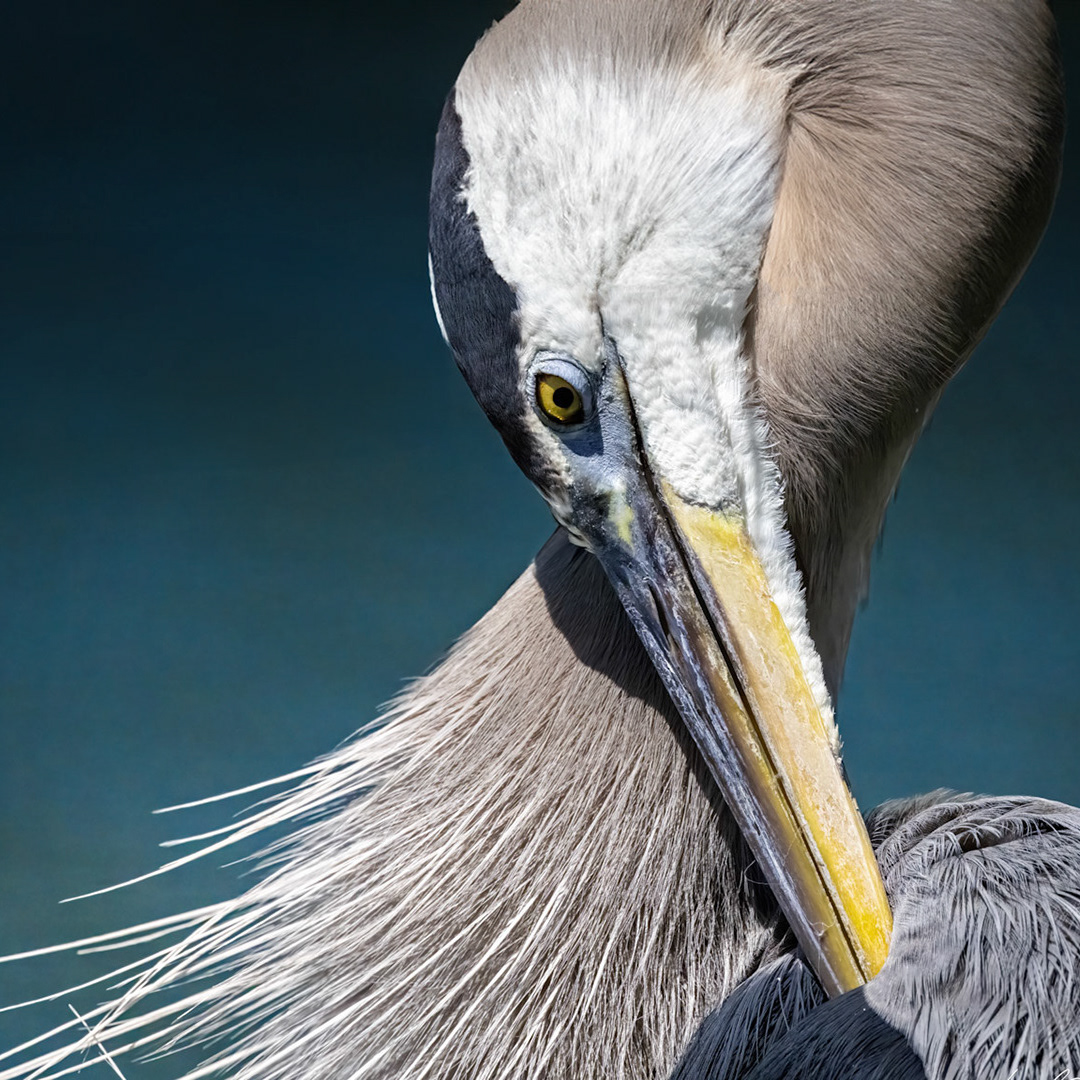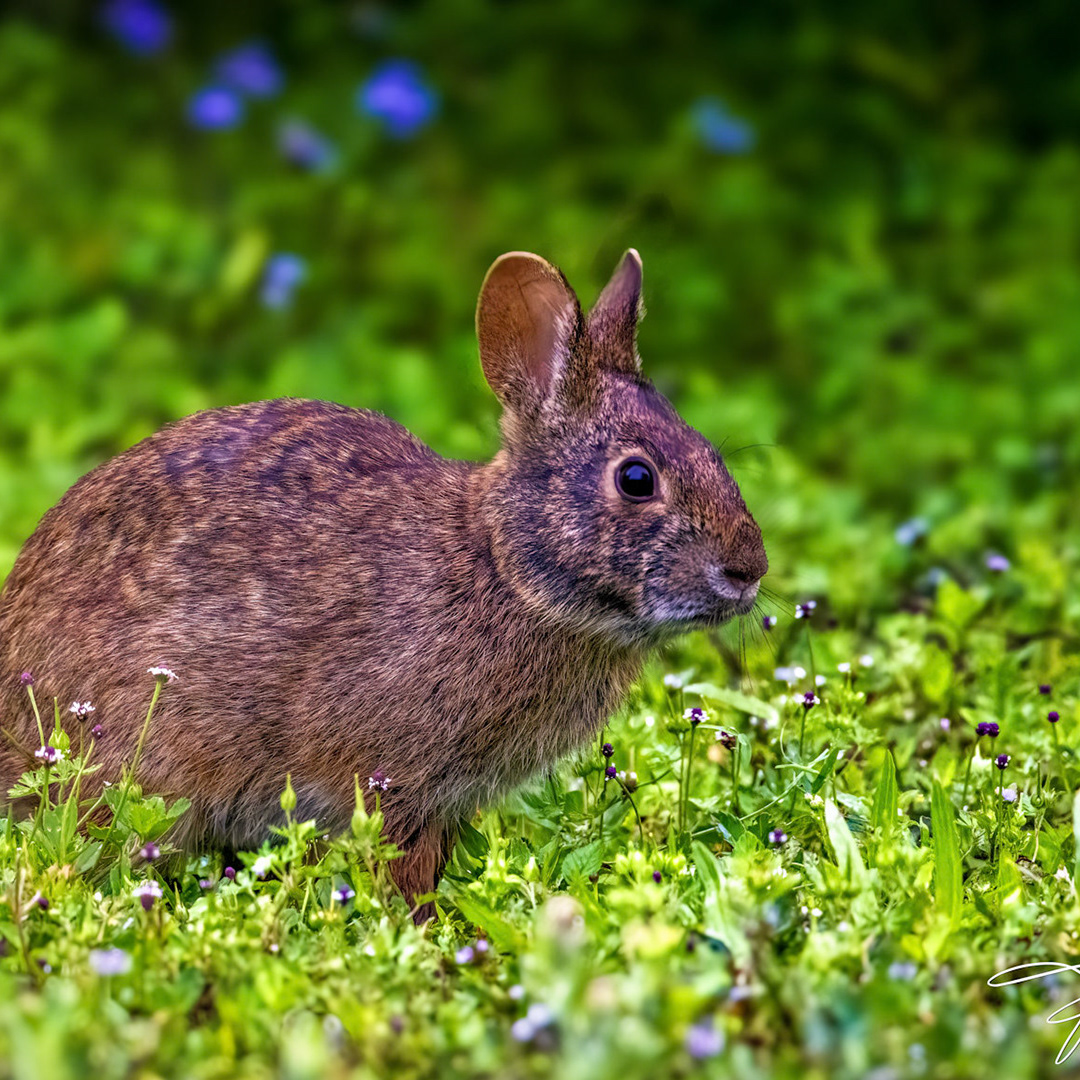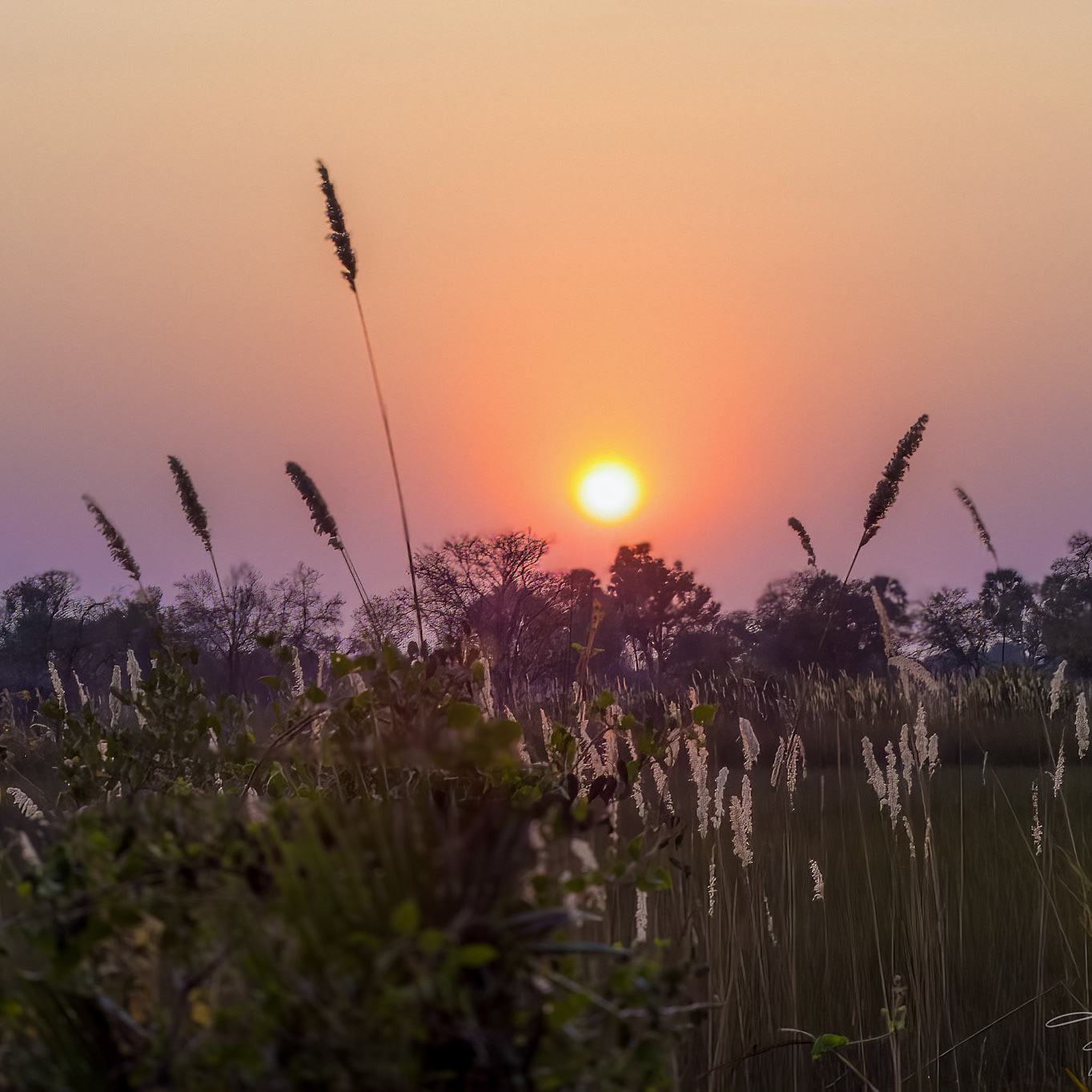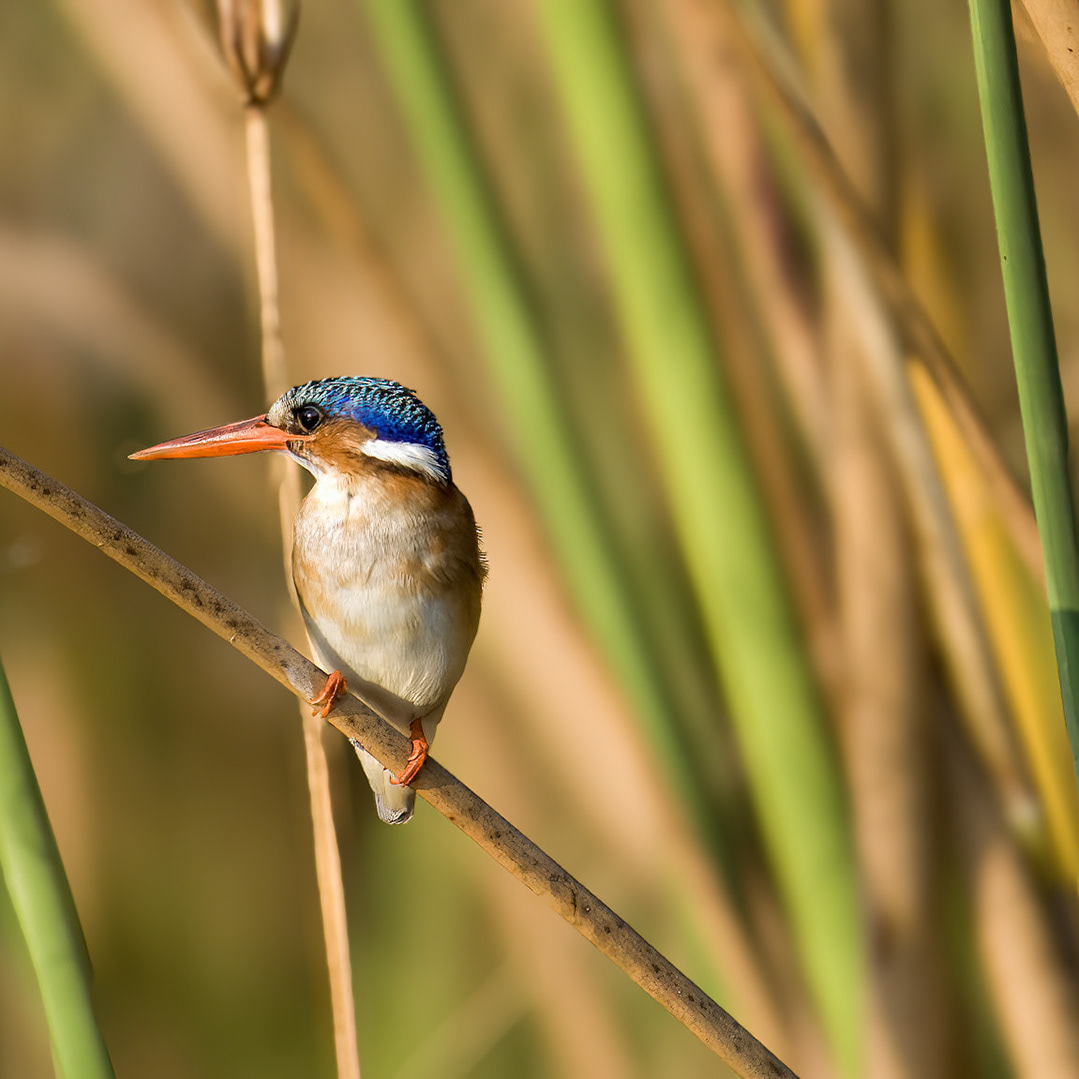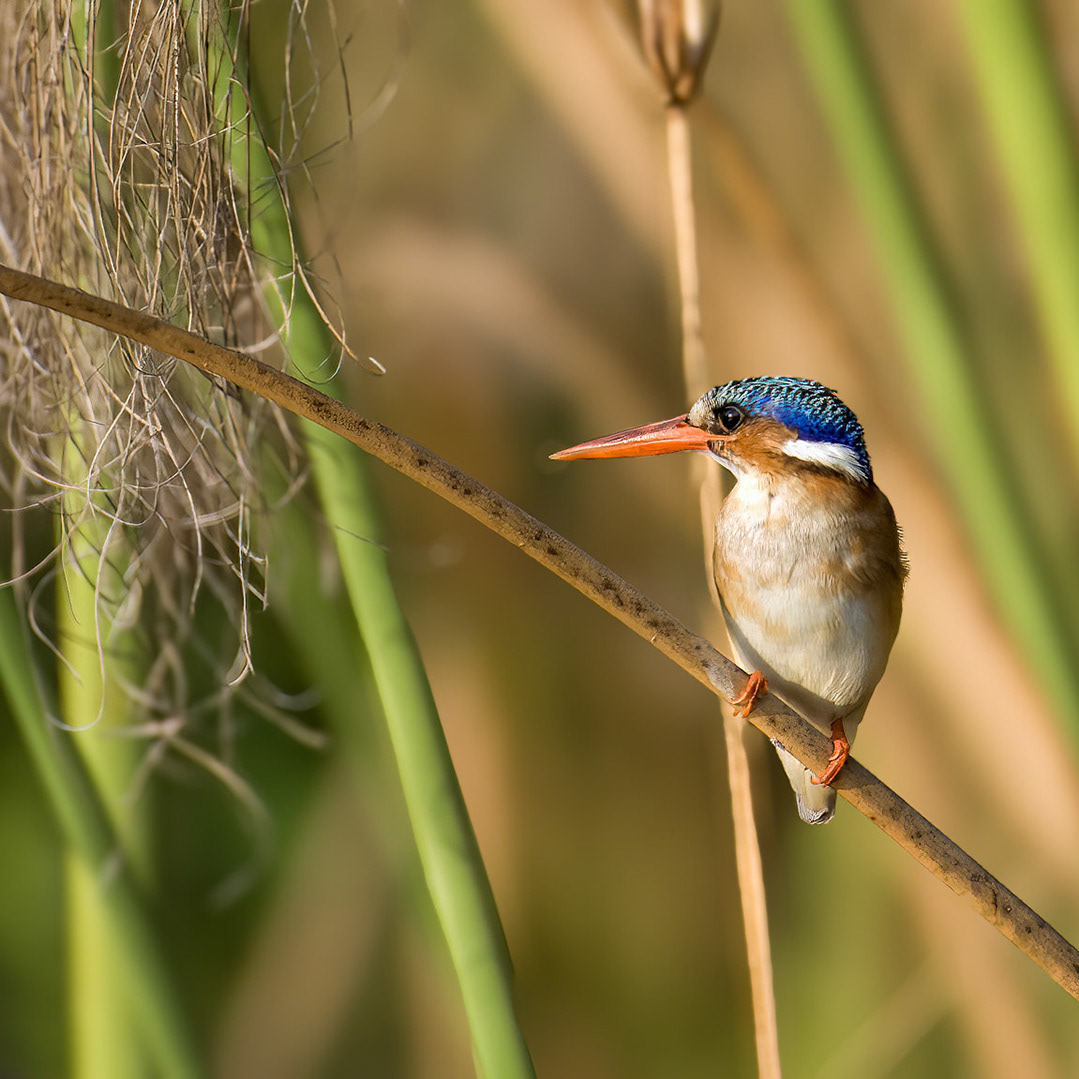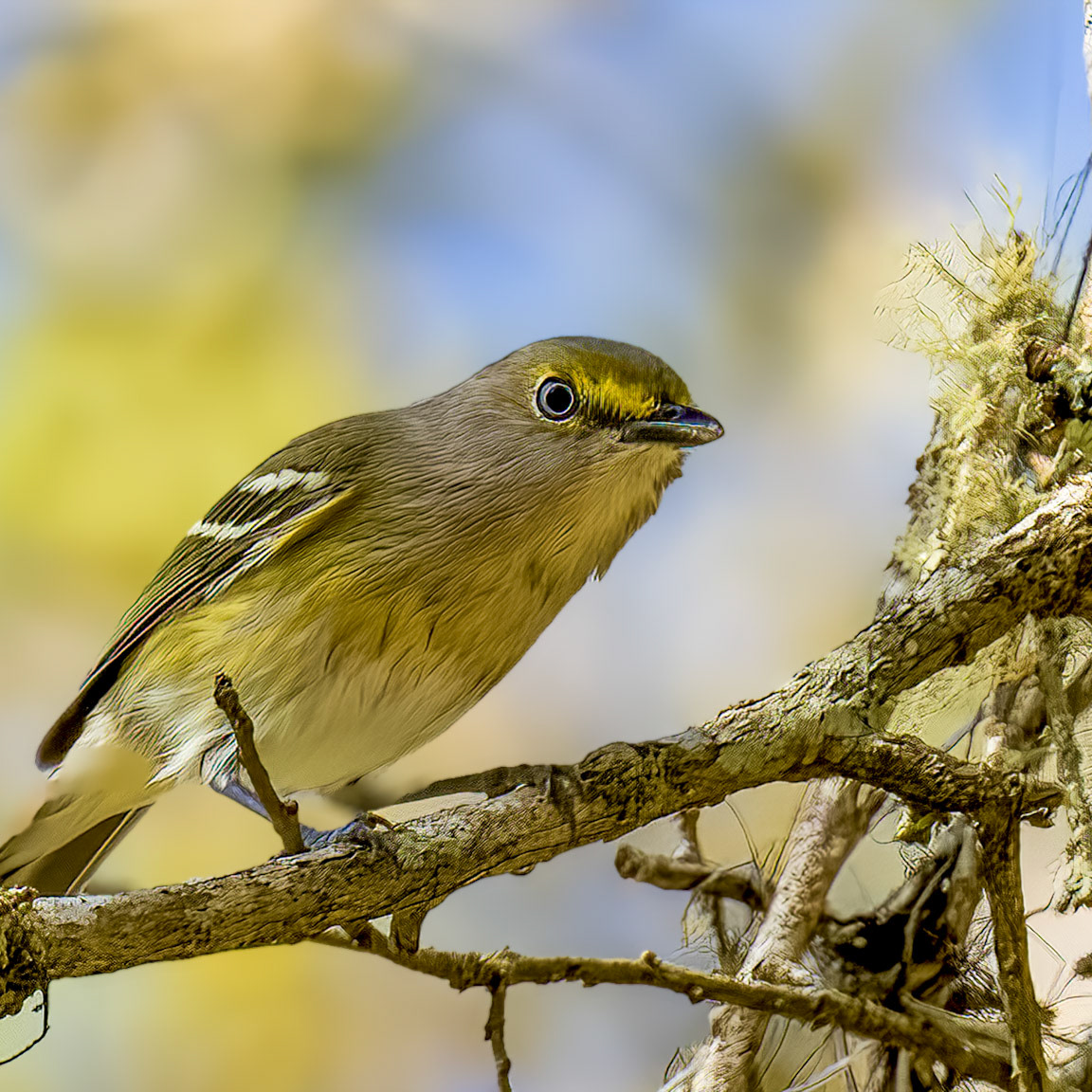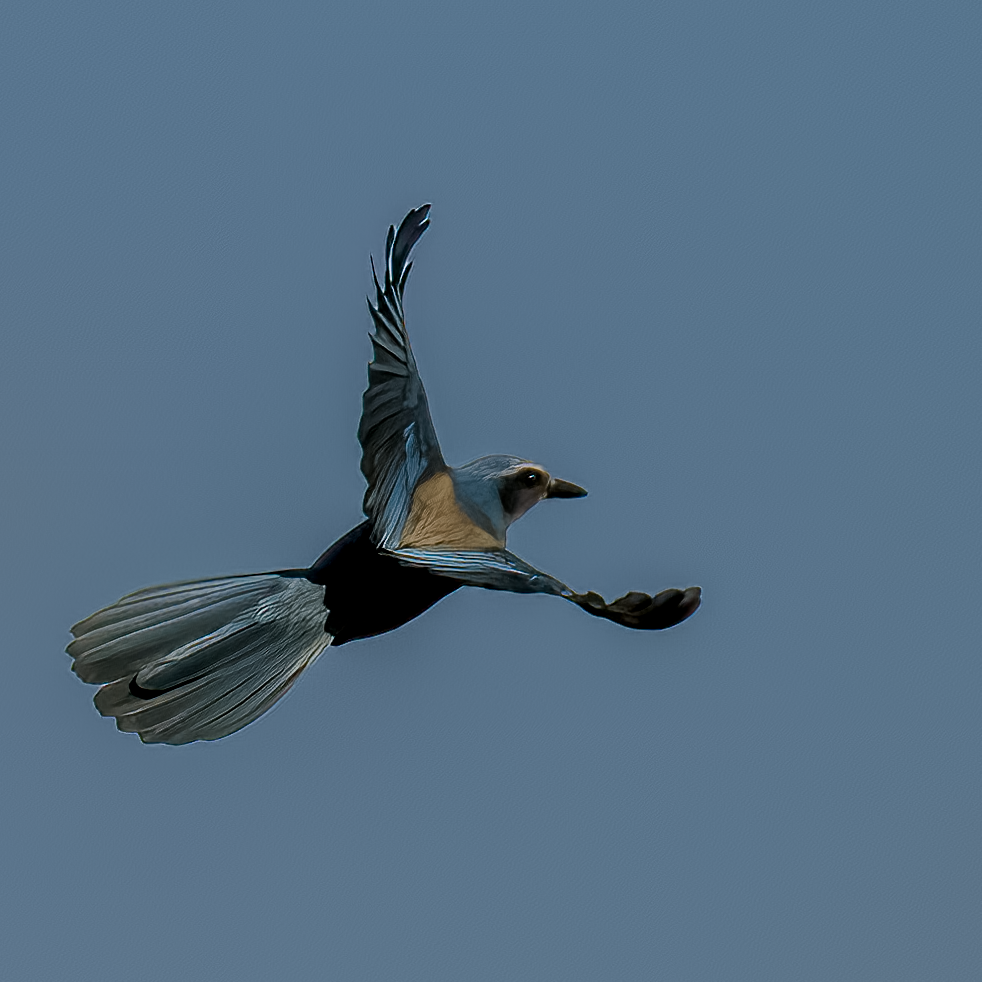EURASIAN BLUE TIT
(Cyanistes caeruleus)
Meet the Eurasian Blue Tit, a charming little songbird with a vibrant blue crown and a bright yellow breast! These active birds flit through woodlands, parks, and even gardens, searching for insects and adding their cheerful melodies to the environment.
(Cyanistes caeruleus)
Meet the Eurasian Blue Tit, a charming little songbird with a vibrant blue crown and a bright yellow breast! These active birds flit through woodlands, parks, and even gardens, searching for insects and adding their cheerful melodies to the environment.
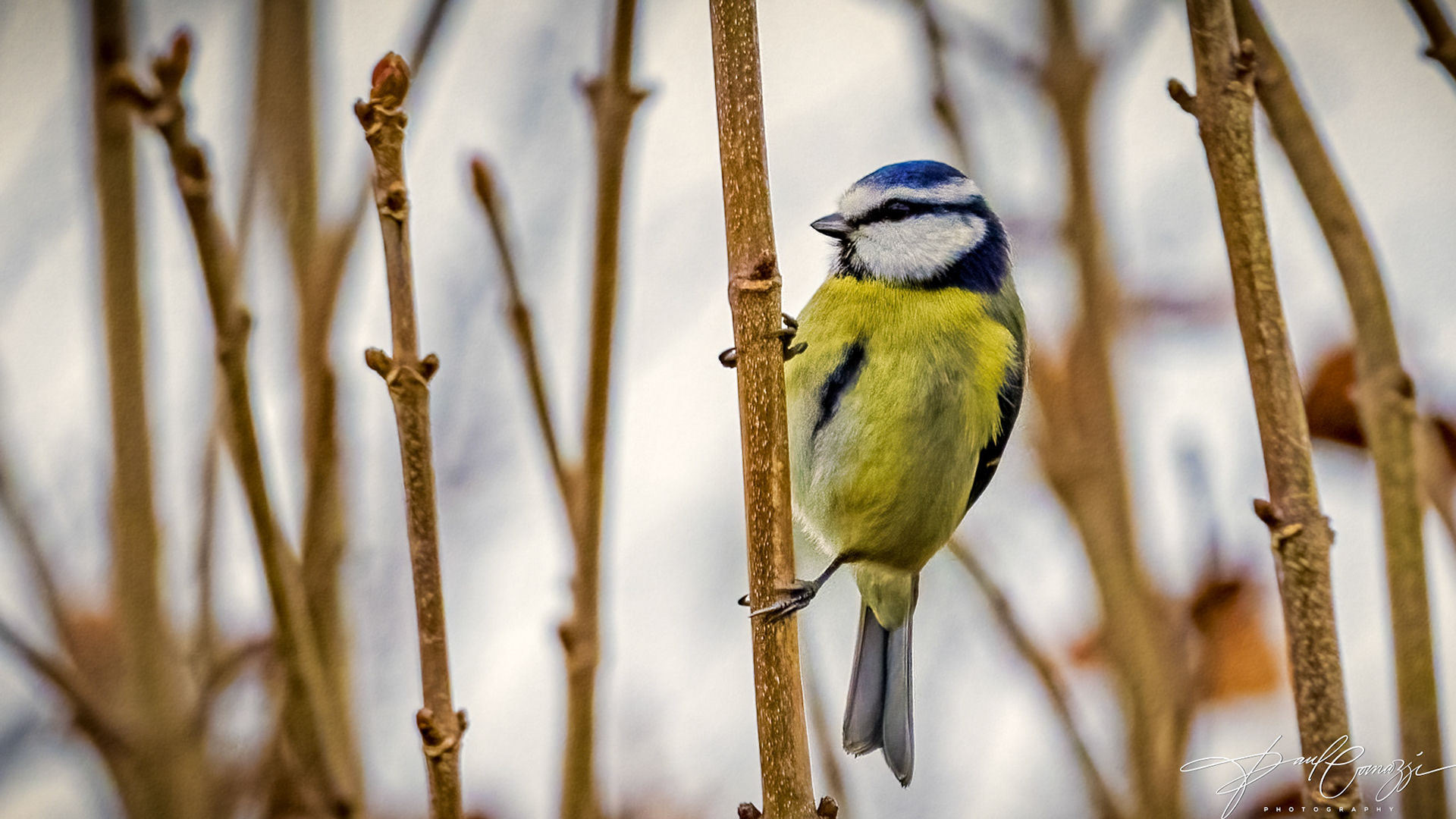
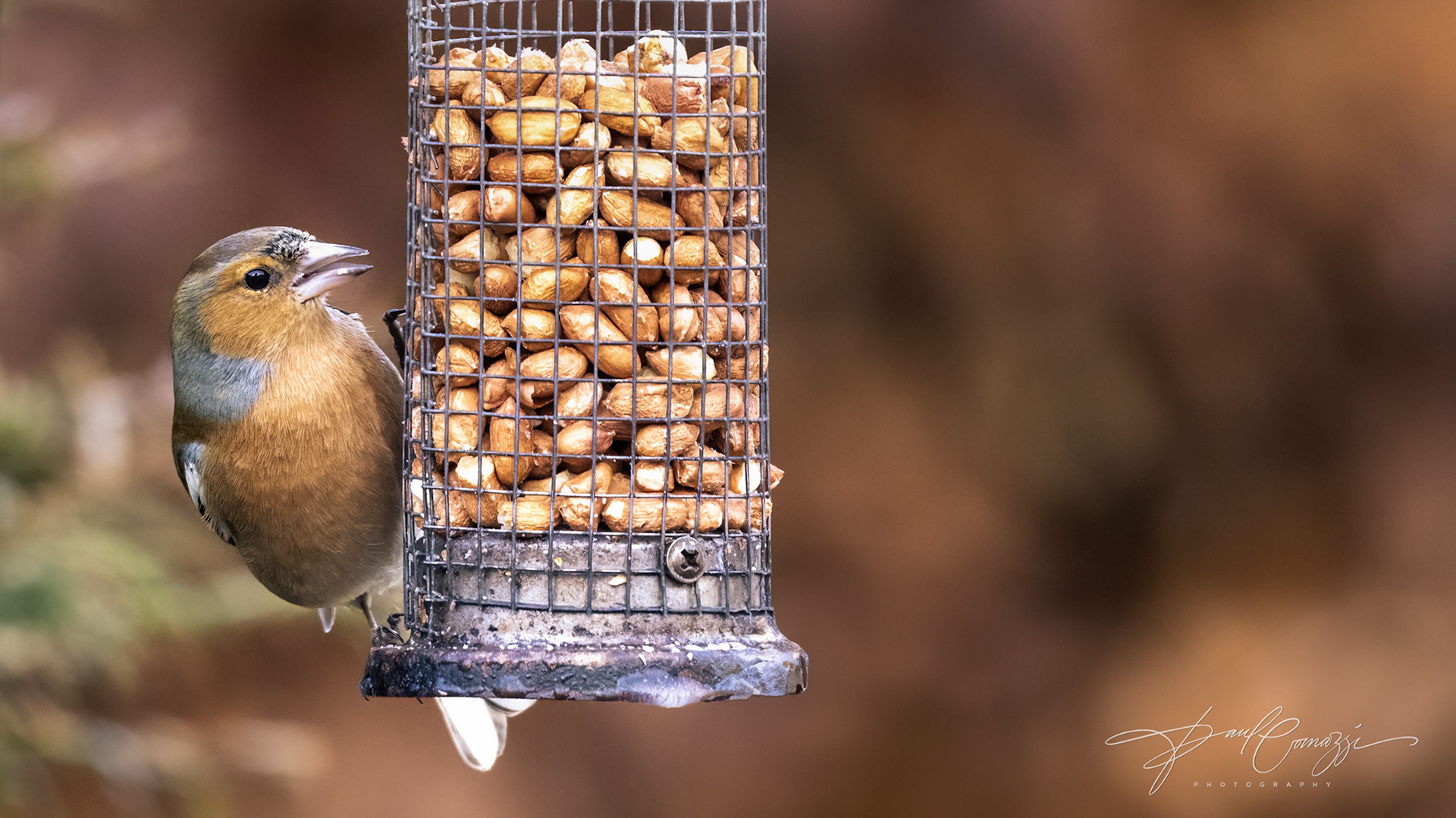
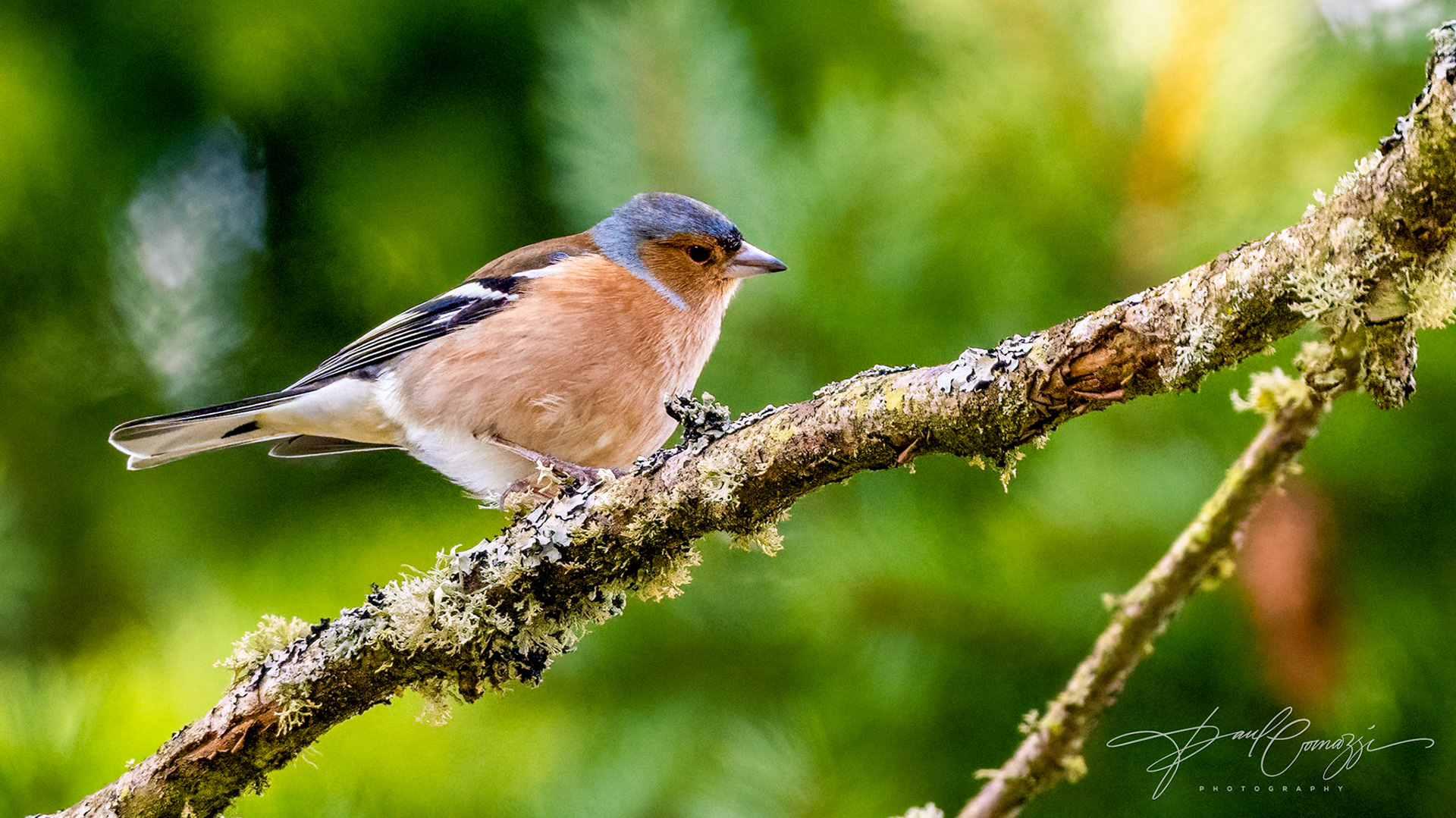
CHAFFINCH
(Fringilla coelebs)
The Chaffinch is one of the most widespread and common birds in Britain. Its patterned feathers help it blend in when feeding on the ground, so it's easiest to see when it flies, as a flash of white on the wings and white outer tail feathers is revealed. It's shy when it comes to bird feeders, preferring to hop about under the bird table or under the hedge. You'll usually hear Chaffinches before you see them, thanks to their loud song and range of calls.
(Fringilla coelebs)
The Chaffinch is one of the most widespread and common birds in Britain. Its patterned feathers help it blend in when feeding on the ground, so it's easiest to see when it flies, as a flash of white on the wings and white outer tail feathers is revealed. It's shy when it comes to bird feeders, preferring to hop about under the bird table or under the hedge. You'll usually hear Chaffinches before you see them, thanks to their loud song and range of calls.
DUNNOCK
(Prunella modularis)
(Prunella modularis)
A robin-sized bird, the dunnock typically measures 13.5–14 cm (5.3–5.5 in) in length. It possesses a streaked back, somewhat resembling a small house sparrow. In fact, "Hedge sparrow" is the "old" English name for this bird species. A cautious and reserved bird, it is common to observe it flying alone, scurrying nervously along the edge of a flowerbed or next to a shrub, and occasionally flapping its wings in flight.
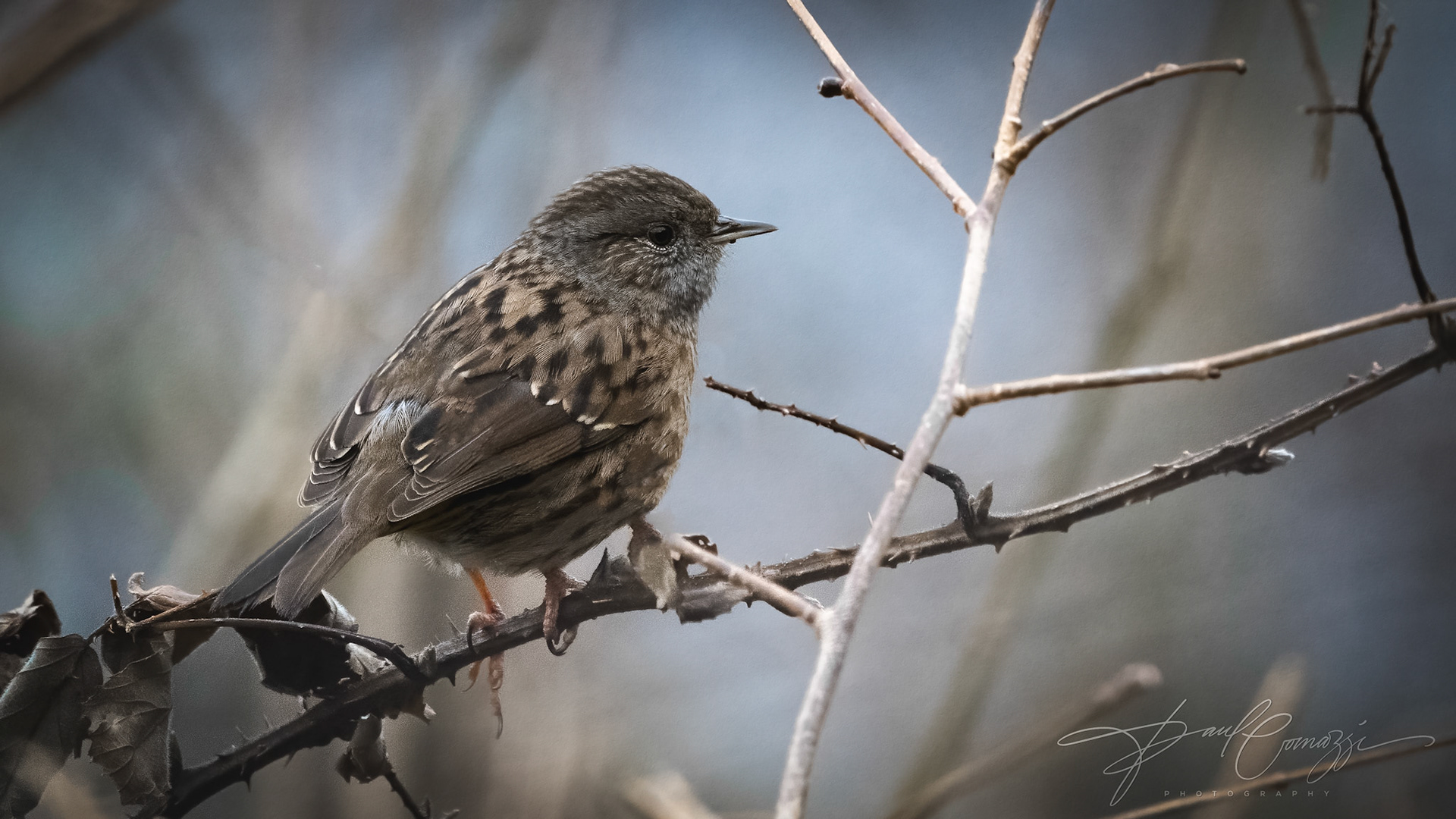
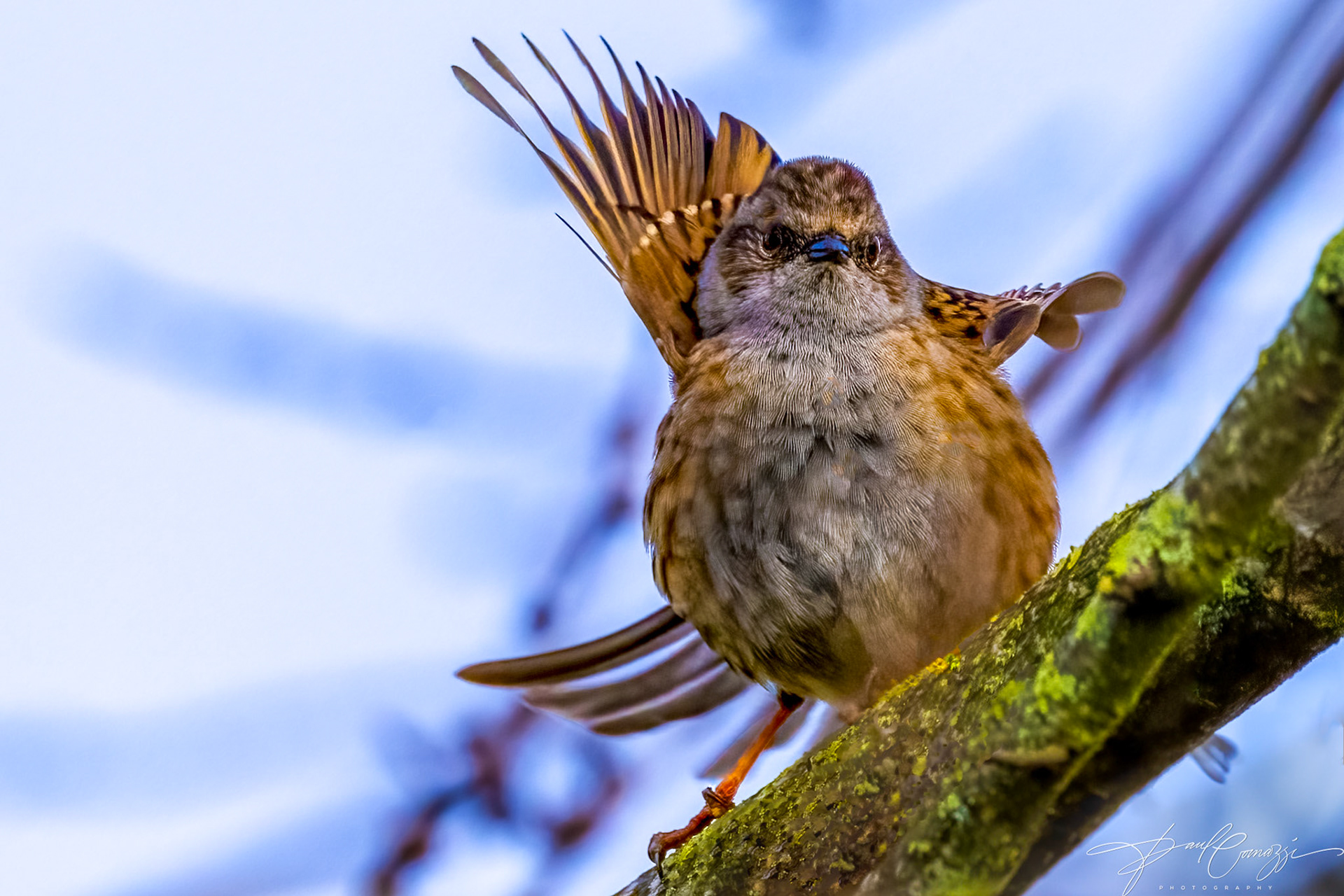
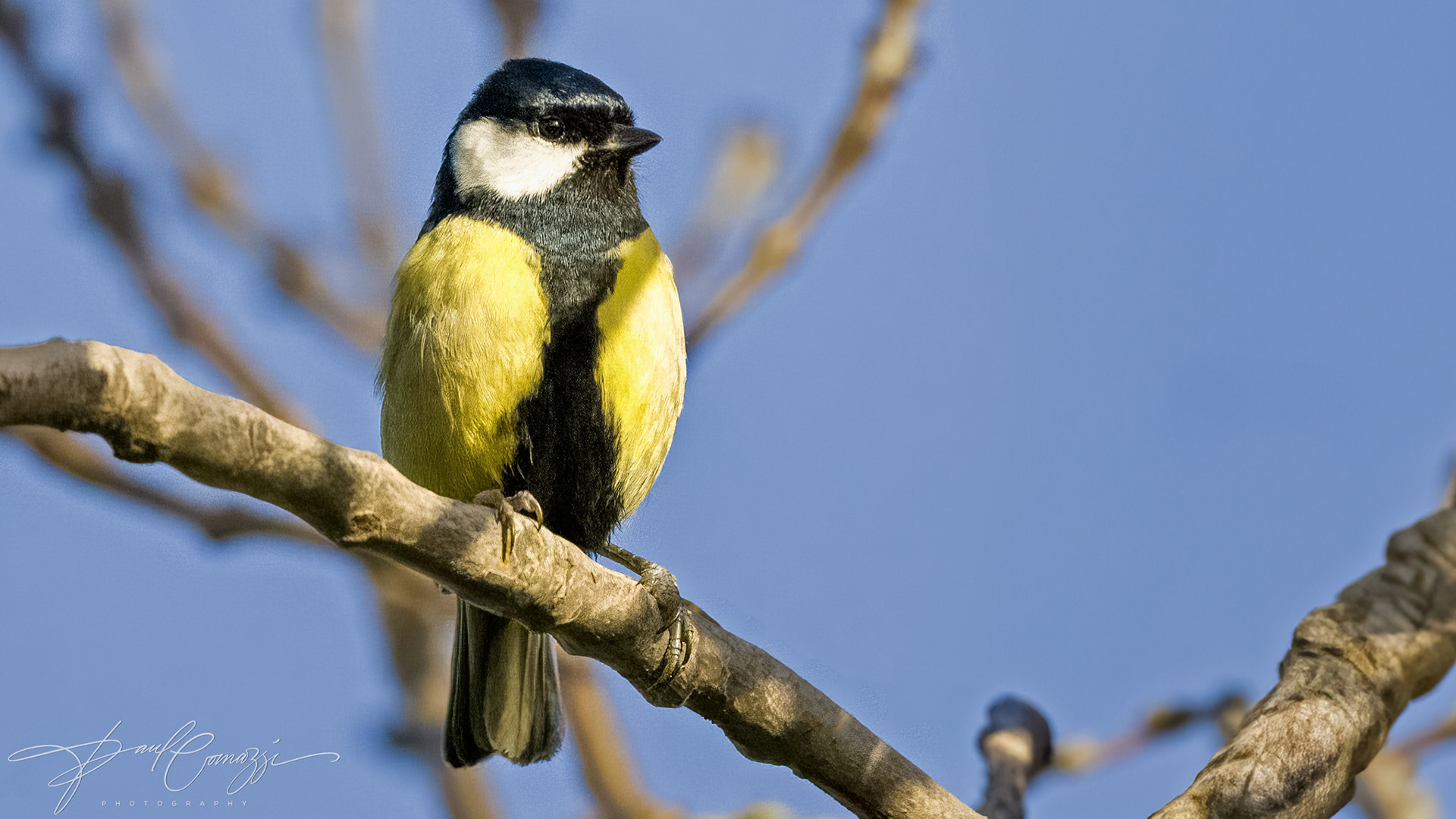
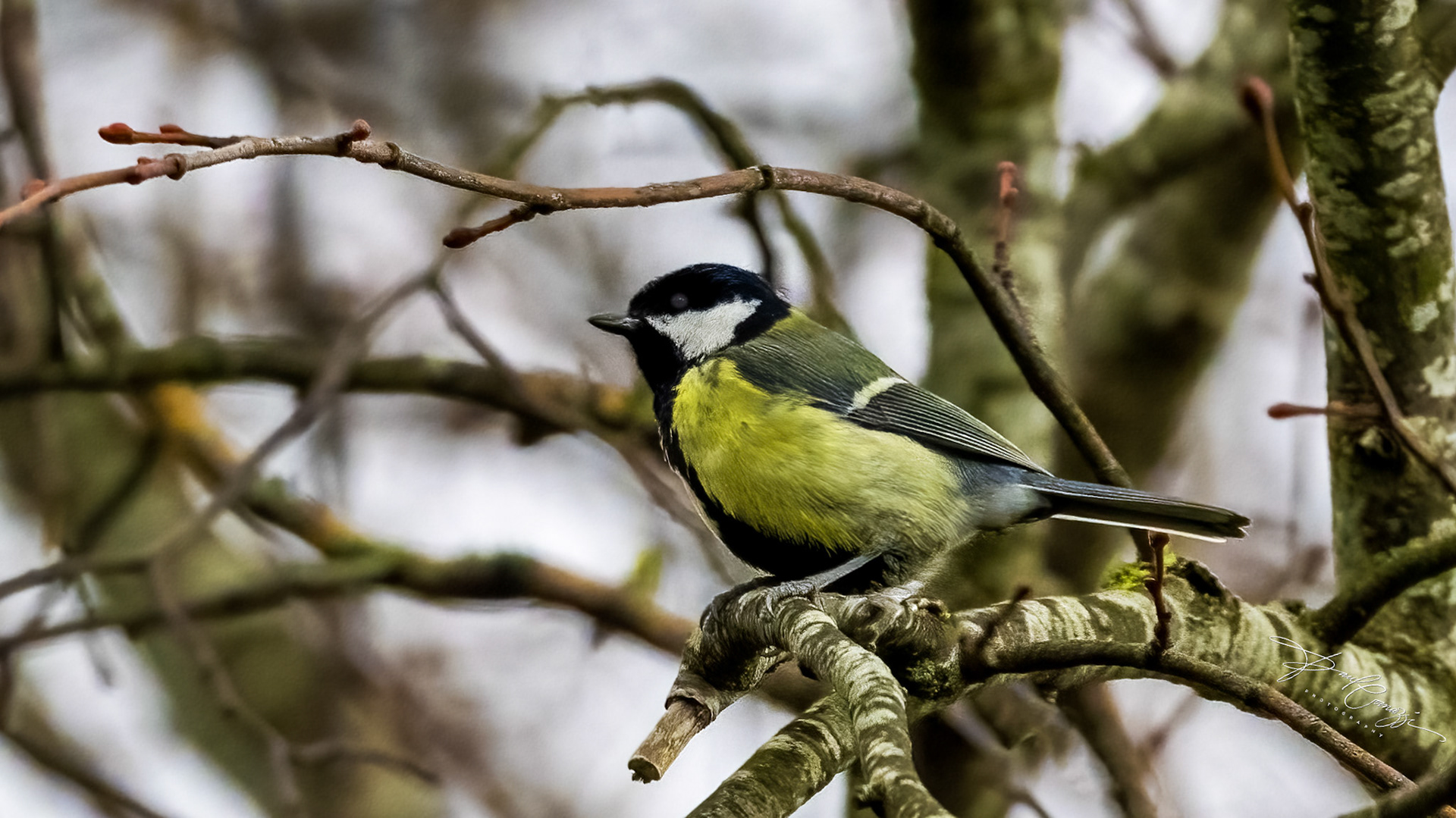
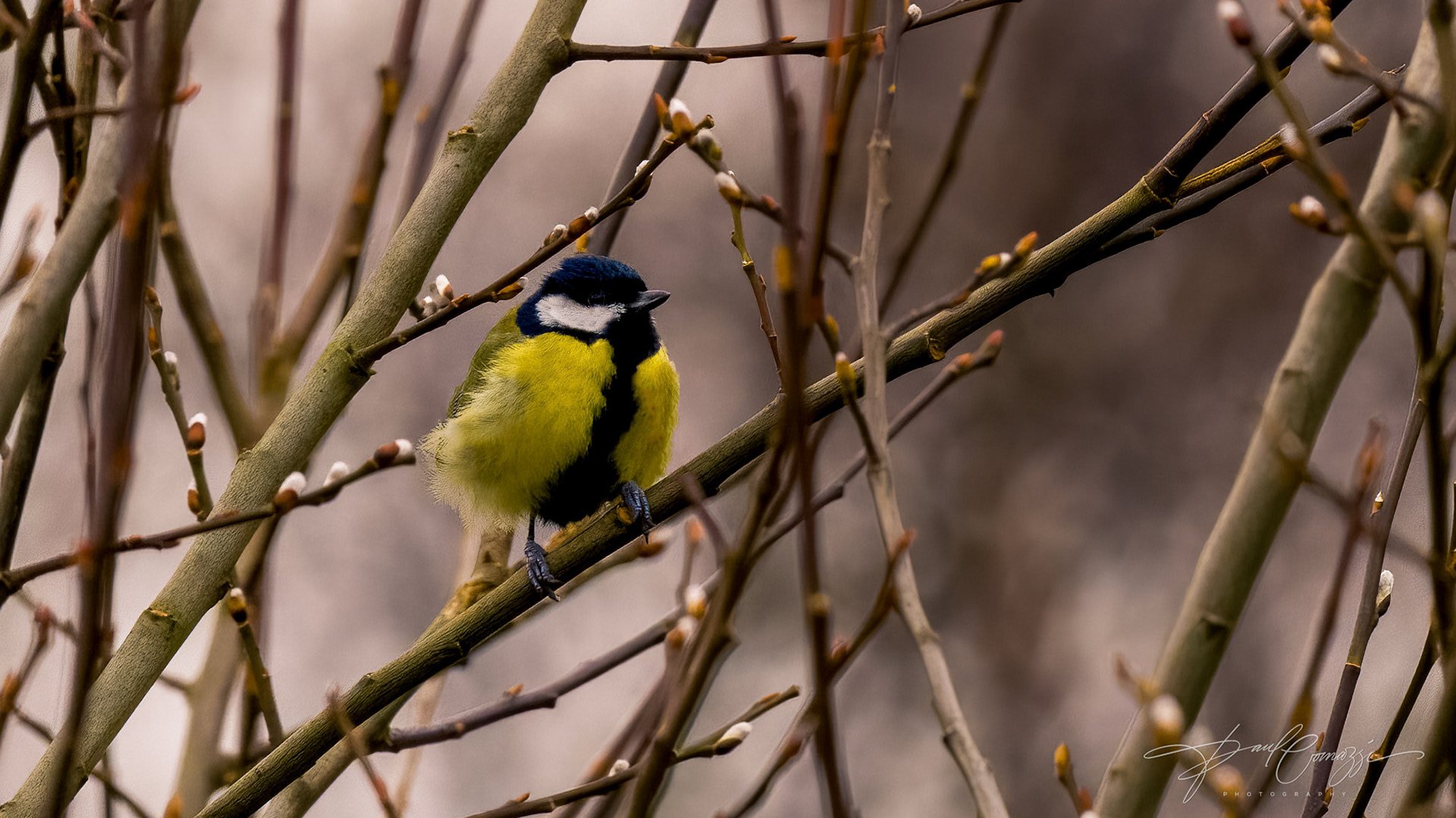
EURASIAN GREAT TIT
Parus major)
Meet the Great Tit, the UK's largest and most widespread tit species! These charming birds are easily recognizable with their striking black head, white cheeks, and yellow underparts. They're not just pretty faces though, Great Tits are intelligent and adaptable, thriving in woodlands, gardens, and even urban areas. Keep an eye out for them flitting amongst branches, singing their distinctive two-syllable song, or visiting your bird feeder for a tasty snack.
Parus major)
Meet the Great Tit, the UK's largest and most widespread tit species! These charming birds are easily recognizable with their striking black head, white cheeks, and yellow underparts. They're not just pretty faces though, Great Tits are intelligent and adaptable, thriving in woodlands, gardens, and even urban areas. Keep an eye out for them flitting amongst branches, singing their distinctive two-syllable song, or visiting your bird feeder for a tasty snack.
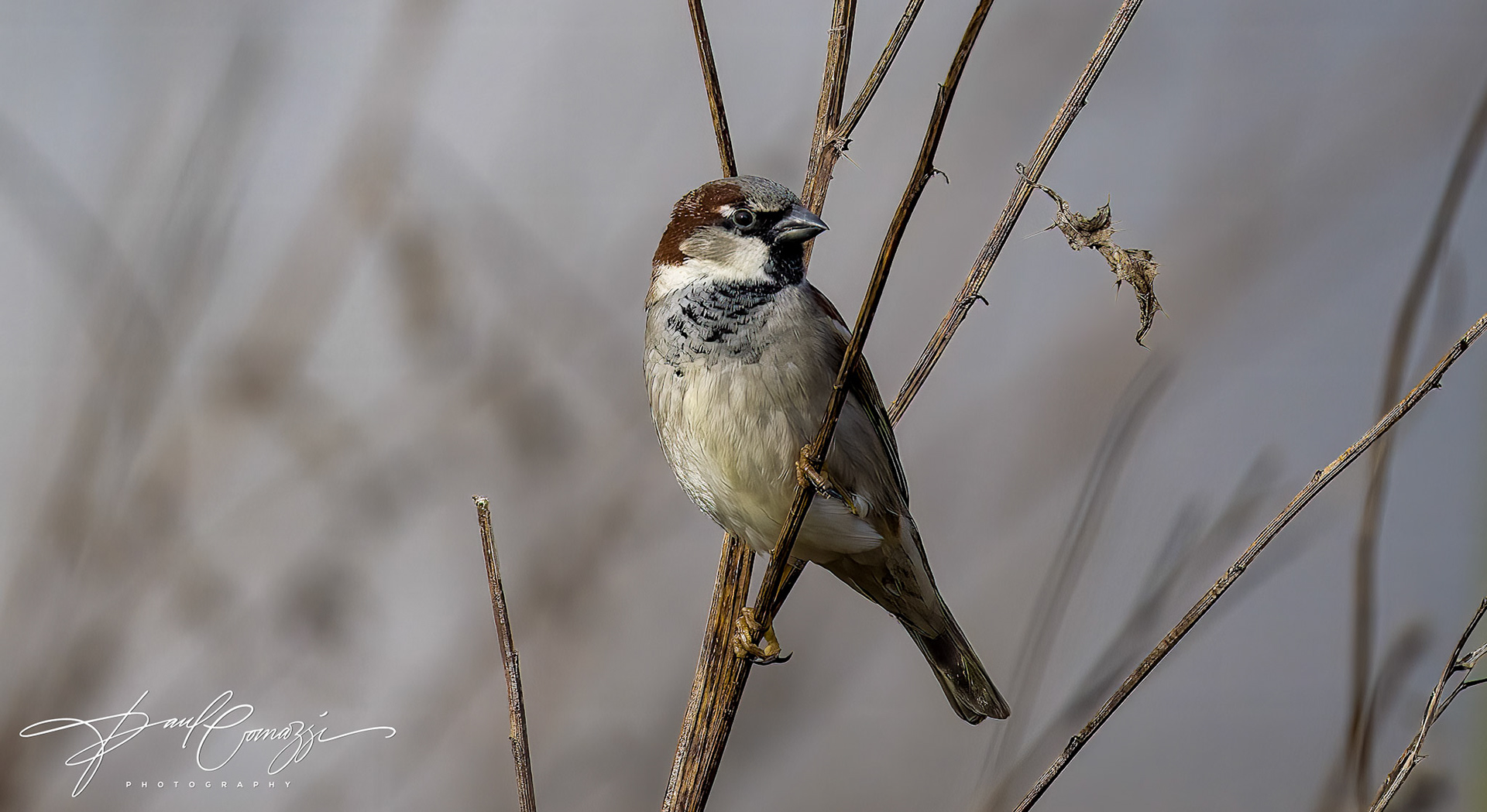

HOUSE SPARROW
The UK's House Sparrow, a familiar sight in towns, cities, and farmland, is a small, sociable bird with a distinctive chirp. While males sport a black bib, chestnut wings, and a grey cap, females and juveniles are a plainer brown. Though widespread, their population has sadly declined by over 70% since the 1970s. Despite their love for human scraps, these birds play a crucial role in ecosystems by controlling insect populations.
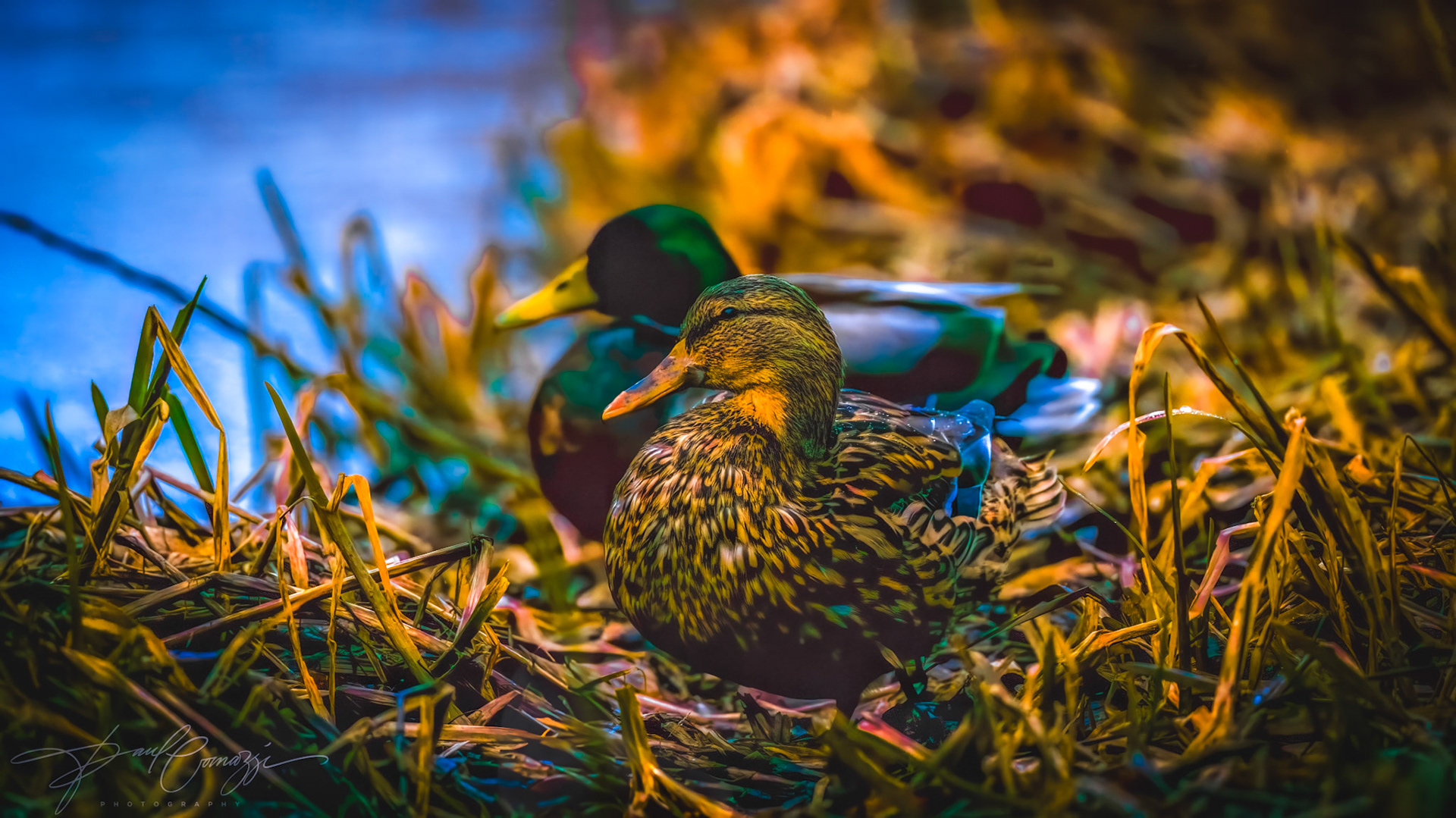
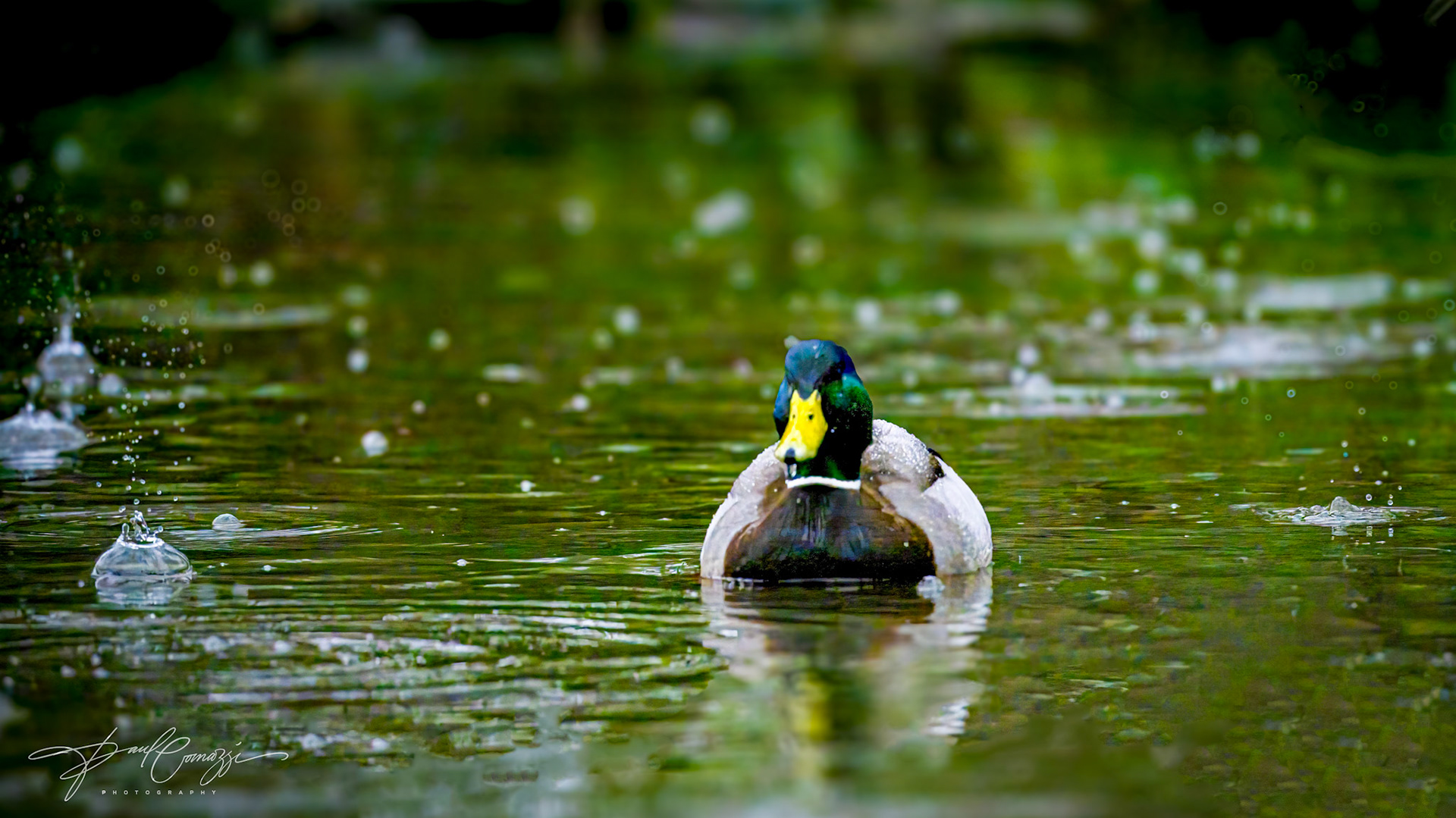
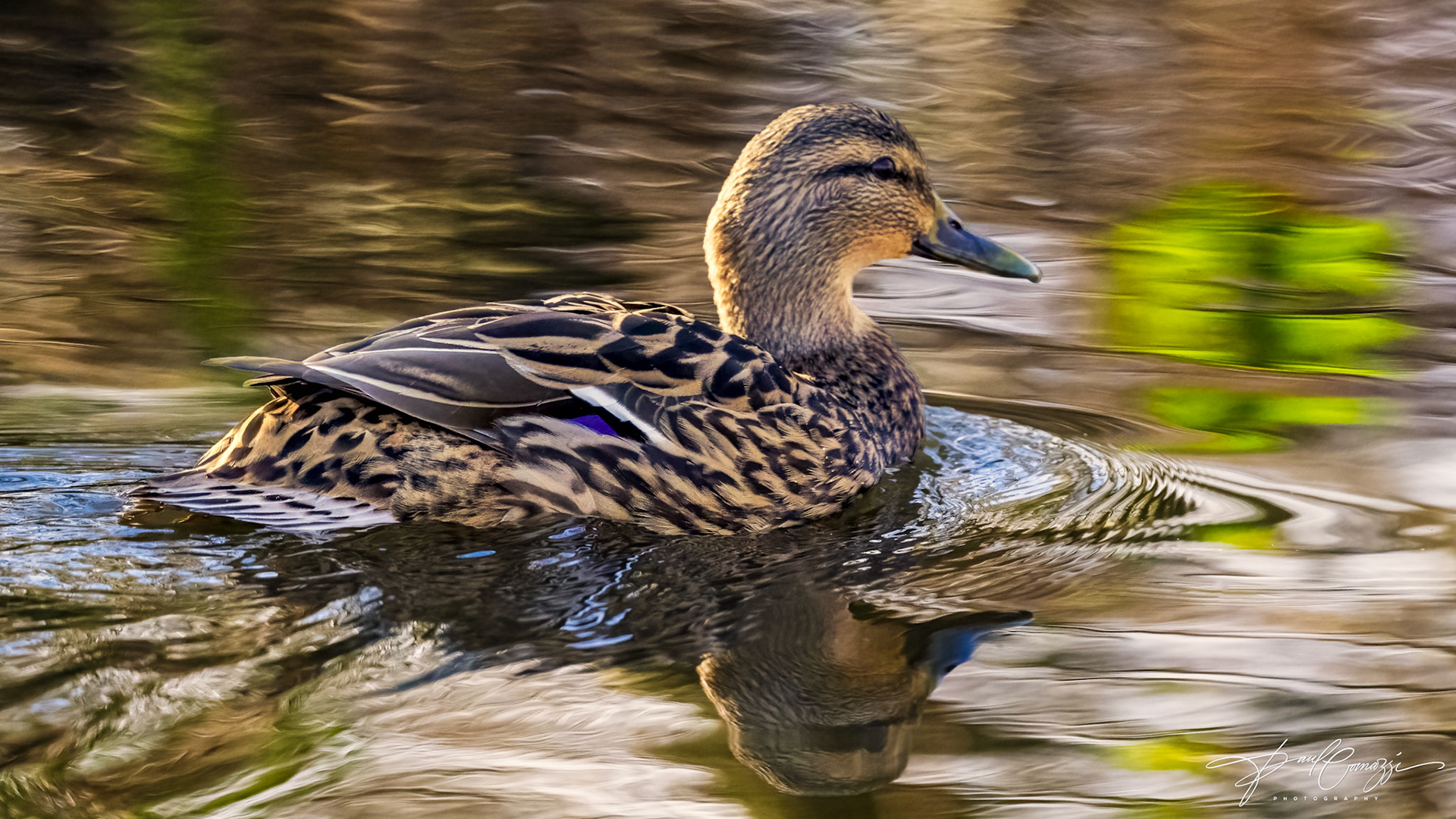
MALLARD
(Erithacus rubecula)
The mallard is the most familiar of all the dabbling ducks, found right across Europe, Asia and North America. They have also been introduced to South Africa and Australia. Mallards are a common sight at our local parks and ponds, and are often very tame, being fed by the public regularly.
The mallard is the most familiar of all the dabbling ducks, found right across Europe, Asia and North America. They have also been introduced to South Africa and Australia. Mallards are a common sight at our local parks and ponds, and are often very tame, being fed by the public regularly.
The Mallard is a large and heavy-looking duck. It has a long body, and a long and broad bill. The male has a dark green head, a yellow bill, is mainly purple-brown on the breast and grey on the body. The female is mainly brown with an orange bill. Mallards breed in all parts of the UK in summer and winter, wherever there are suitable wetland habitats, although it is rarer in upland areas. In the UK, Mallards may be resident breeders or migrants – many of the birds that breed in Iceland and northern Europe spend the winter here.
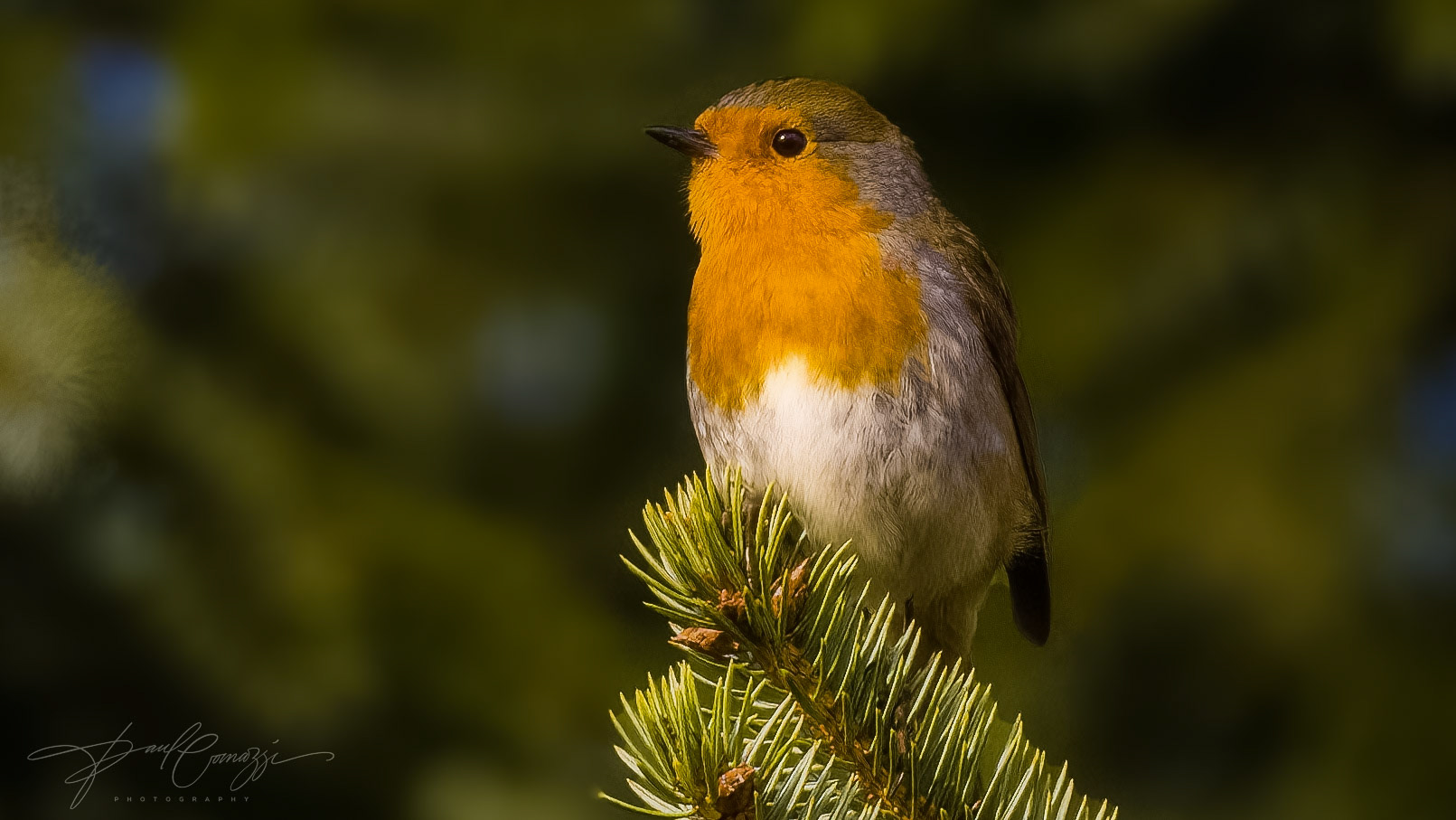

EURASIAN ROBIN
(Erithacus rubecula)
European Robins are beautiful songbirds found in gardens and forests. Its orange breast and face, gray underparts, brown head, wings, and tail make it stand out. Rapid wing beats let it to move quickly in short spurts. These daytime robins are fearless and curious, often inspecting gardeners. Males relentlessly guard their area. They carefully hide their cup-shaped nests in banks, crevices, and natural caves in dense undergrowth in damp, dark forests. In summer, they eat insects and worms; in autumn and winter, they eat berries and fruit. The Robin is admired and fascinating across its range due to its charm, flexibility, and melodic singing.
European Robins are beautiful songbirds found in gardens and forests. Its orange breast and face, gray underparts, brown head, wings, and tail make it stand out. Rapid wing beats let it to move quickly in short spurts. These daytime robins are fearless and curious, often inspecting gardeners. Males relentlessly guard their area. They carefully hide their cup-shaped nests in banks, crevices, and natural caves in dense undergrowth in damp, dark forests. In summer, they eat insects and worms; in autumn and winter, they eat berries and fruit. The Robin is admired and fascinating across its range due to its charm, flexibility, and melodic singing.
SONG THRUSH
(Turdus philomelos)
(Turdus philomelos)
A familiar and popular garden songbird whose numbers have declined significantly on farmland and in towns and cities. It's smaller and browner than a Mistle Thrush with smaller spotting. Its habit of repeating song phrases sets it apart from singing Blackbirds. It likes to eat snails, breaking into them by smashing them against a stone with a flick of the head.
Near Croft End Cottage, Brewlands, Scotland
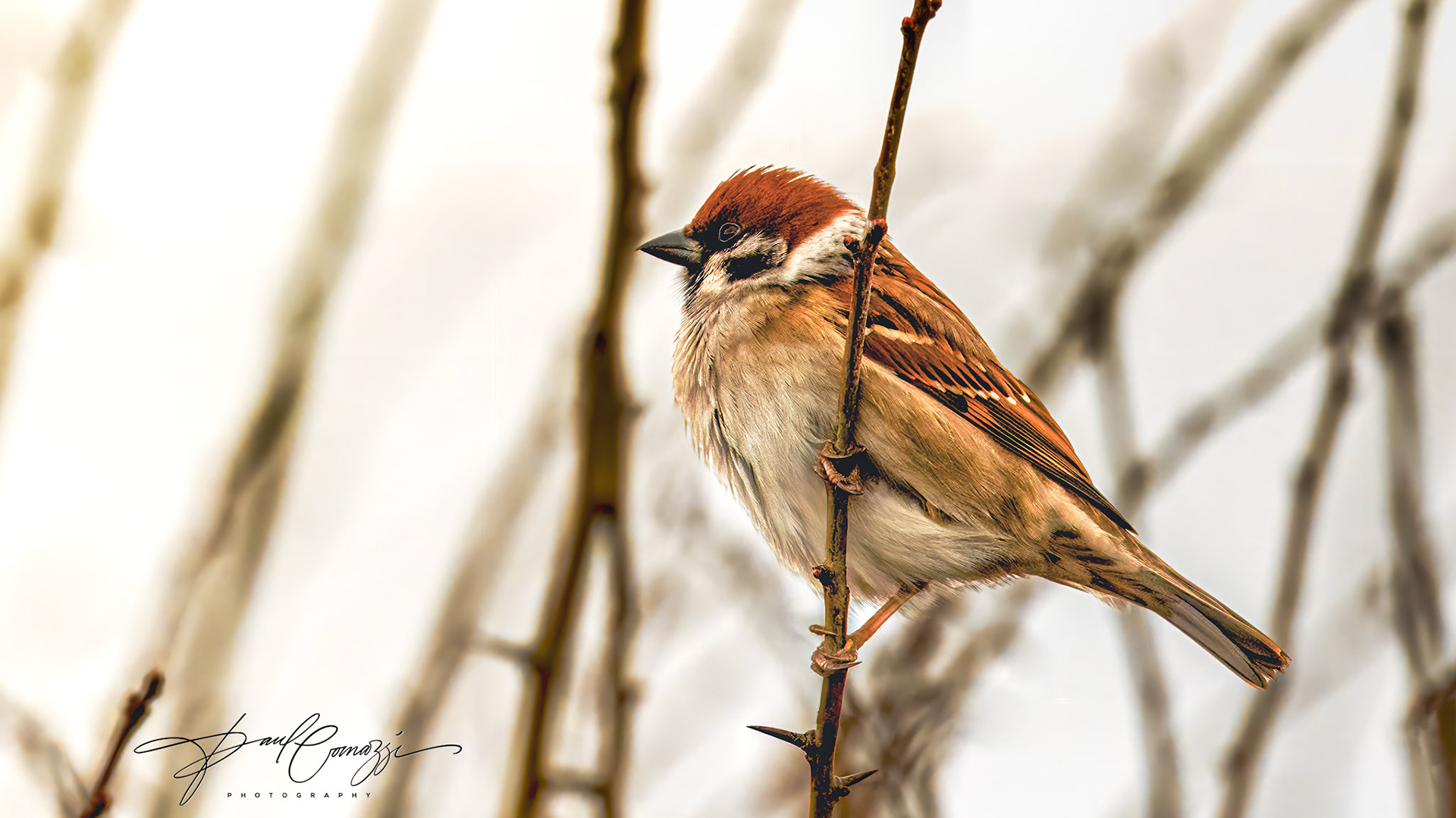
TREE SPARROW
(Passer montanus)
(Passer montanus)
The tree sparrow is a scarce bird of farmland, hedgerows and woodland edges, and is not associated with man in the way that the house sparrow is in the UK. Tree sparrows mate for life; they nest in holes in trees and can produce two or three broods a year, each containing up to seven eggs. They eat seeds, weeds, cereals and also insects.
WREN
(Troglodytes troglodytes)
(Troglodytes troglodytes)
The diminutive wren can be found in almost any habitat where there are insects to eat and bushes or rock crevices in which to build their domed nest out of moss and twigs. In fact, the wren is the most common breeding bird in in the UK; there are currently 8.6 million breeding wren territories. It is scarcer in northern England and Scotland and upland areas.



